Chimney Cleaning for Different Seasons: What You Need to Know & Do
gdurinAccording to NFPA, the National Fire Protection Association, you must clean your chimney at least once a year for it to function efficiently and safely.
That’s because even though we have four seasons a year, most people only use chimneys during winter when temperatures are at all-time lows and it’s cold. In the summer and spring, many chimneys lie dormant.
Let’s look at all you need to know about chimney cleaning for different seasons, why it’s important and more. But first, we’ll explore why you need to clean your chimney in the first place.
Why Clean Your Chimney?
Prevent Carbon Monoxide Poisoning
When debris, twigs, dirt, and creosote accumulate inside a chimney, they prevent it from adequately releasing smoke and toxins from fires. As a result, the fire will produce carbon monoxide, which is severely toxic.
Since carbon monoxide is odorless and invisible, it can be challenging to assess if its level has exceeded normal standards.
Avoid Chimney Fires
The more you use your chimney, the more creosote accumulates inside it, and since it’s flammable, you should clean it regularly.
If you don’t do so, the build-up could damage the chimney lining and could lead to a fire breakout.
Enhance Heating Efficiency
When your chimney is clean, it facilitates an efficient and thorough burn. Therefore, your house will have improved warmth and a comfortable atmosphere for you and your family.
What’s the Best Time to Clean Chimneys?
Experts recommend cleaning your chimney during the warmer months, especially in early spring and late summer. As you rarely use the chimney at such times, and doing so ensures that it will operate optimally once the cold season sets in, thereby lowering the amount of money spent on heating.
What to Know About Cleaning Your Chimney
If you decide to handle the chimney cleaning personally, you must know your flue height before beginning, and you’ll need a safe way to reach the roof, like a sturdy ladder.
Additional cleaning tools you will require include a power drill or screwdriver to remove the animal guard or rain cap — personal protective equipment (PPE) for your face and eyes to protect against soot and ash. Plus, a wire brush with extensions.
If the fireplace is large enough and you can fit inside, clean the chimney from the bottom up if you don’t want to climb on the roof. However, it will be extremely messy. It would help if you bought tarps to keep the soot from your furniture and floors. A medium-sized dustpan to collect the debris and soot at the bottom is preferable.
Pro tip: Instead of going through all the cleaning hassle, you can hire a professional and let them do it for you. Doing so early in the summer is better, resulting in a quicker turnaround time, as most cleaners will only have a few bookings.
Tips for Keeping Your Chimney Clean Throughout the Seasons
Use Real Logs if Possible
Studies show artificial wood produces more gases, resulting in faster creosote build-up. So it’s better to use real logs when you can.
Ensure Your Fire “Breathes”
Oxygen fuels fires, and sufficient oxygen facilitates proper gas combustion and less creosote production (plus the fire will be hotter).
Keep the flue open to enable excess debris and chemicals to leave the chimney; if your fireplace has doors like glass panels, open them to facilitate healthy air flow for the fire.
Warm Your Flue
When cold air from the outside meets warm air from your fireplace, it creates an imbalance and increases creosote build-up.
You can combat this by rolling a paper torch (old newspapers also work well), lighting it up, and holding it under the chimney flue until the air daft feels warm. After which, you can start a log fire.
Mitigate Cleanup Using Chemicals
Creosote removal powder, when used properly, can prevent its build-up after one or two fires.
Burn Only Seasoned Dry Firewood
Logs with moisture produce less heat and more smoke. Ensure you only use wood ideal for burning by letting it dry 6 to 12 months in advance. Additionally, you can buy a moisture meter to check a log’s moisture level before placing it in the fire.
Install a Chimney Cap
Every chimney should have a cap; the appliance with a mesh keeps birds, animals, and moisture out. It also functions like a spark guard preventing hot embers from catching the roof.
Let the Professionals at Sixpenny in Northern Virginia Help
Even though you might not use your chimney every season, it must have a proper cleaning and be taken care of during the different seasons for it to be functional when you need it most during the winter.
We at Sixpenny Chimney, located in Northern Virginia, can professionally clean your chimney and carry out regular maintenance. Feel free to call us at 703-491-8697 and request service with us or contact us online.

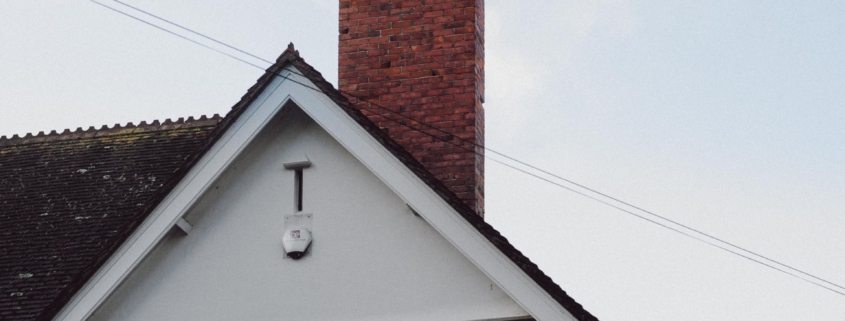
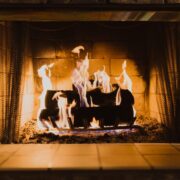
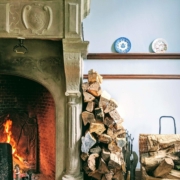
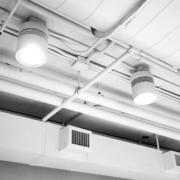

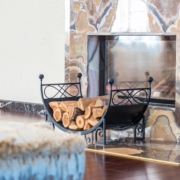

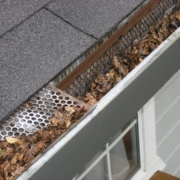
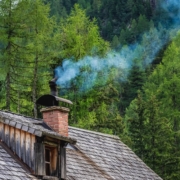


Leave a Reply
Want to join the discussion?Feel free to contribute!